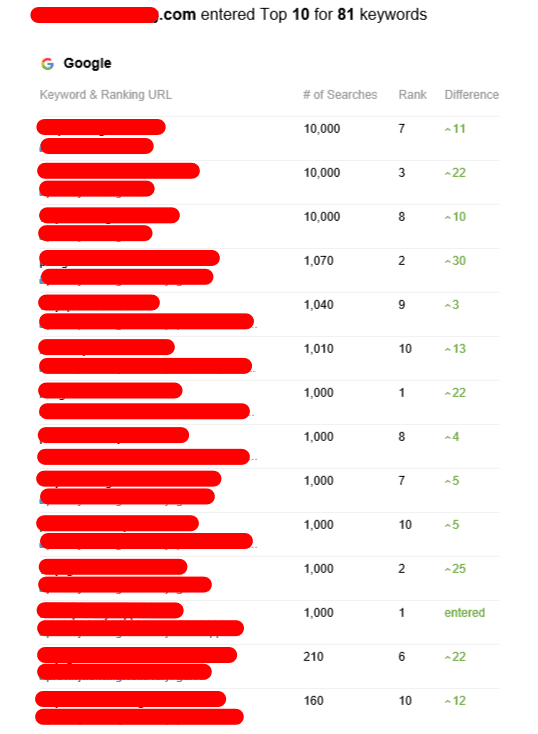Tiered Link Building in SEO
Tiered link building is a strategy for the long term that employs multiple layers of backlinks to boost your site's authority. It also reduces the chance of being subject to a Google penalty.
However, with all the changes Google has made to combat backlink spam, it's a challenge to see how this method could be effective in the real world.
Tier 1
Tiered link building is a method which uses multiple levels of links to boost your website's search engine rankings. This method of linking is becoming more widely used to boost your website's rank and increase traffic. There are a few things you need to know prior to using tiered link building. First, you must be aware that Google is constantly securing links from schemes and black hat methods. If they find that you're building a lot of low-quality, natural links to your site you could be penalized.
As the name suggests, those in tier 1 backlinks are among the most important backlinks to be included in an approach to building tiered links. These links should be from websites that have an impressive domain authority and be relevant to your business. They should also be dofollow, or nofollow. It's possible to create Tier 1 backlinks using many sources, including guest posts, press releases and social profiles of companies. You can automate the building of tier 1 links with tools like GSA Search Engine Ranker or RankerX.
Tier 2 links are typically lower quality than tier 1 as they are a mix of dofollow and nonfollow links. These backlinks can help improve the PageRank value of your tier 1 links by combining quality and quantity. It is important to remember that it's not advised to build more than two second-tier backlinks, since doing so could cause your website to become over-optimized and penalized by Google.
Tier 2
Tiered link building is an excellent way to boost your SEO rankings. With this method you can build links to other websites that connect back to your own money pages. This results in an effect similar to a supercharger. It sends link juice through many layers of links. This creates a website that has more authority and is optimized for search engines.
The first level is comprised of high-quality links that point directly to your website. They are known as "dofollow" links and are obtained from reliable sources that have a high domain authority. In addition to enhancing your SEO, these links will also help increase the visibility of your brand and drive traffic.
In the second tier, you connect to third-party websites which contain content that is relevant to your niche. This can be accomplished through blog comments, forum posts and wikis. Tier 2 links are nofollow by default, however they can still pass some SEO juice. These links can be used to boost your DA, which will then aid in ranking higher on search results pages.
At this point, you need to focus less on quality and more on quantity. This is because these links are typically considered to be borderline spam and are often found in low-quality directories or forums. Google is also constantly cracking down against link-building techniques that are illegal.
Tier 3
Although the process of building tier links is controversial however, some experts believe it can be effective if employed in conjunction with another method. However, it's a risky strategy if done in a way that is not done correctly, and can lead to penalties from Google. It is essential to employ white-hat strategies and to frequently remove low-quality backlinks.
Tiered linking allows you to transfer link equity from your backlinks in tier one to your tier two backlinks which will then improve the overall ranking of your search engine. This can help you increase your rankings on SERPs and increase the number organic searches for your keywords. There are SEO backlink-building tools that permit you to create backlinks that are tier 1 or 2 without risk of being penalized by Google.
This usually involves the creation of links to forums and social media. It could include blog comments or discussions, or even pages on wikis that have user-generated content. While this might seem like spam, it can still be a viable option to get your website into the top search results.
Many SEO experts and link-building firms consider tier 3 backlinks to be very poor quality. second tier link building is because they are usually created without consideration for the quality, relevance or context. These links are created by automated tools that produce thousands per day. The number of links generated is large, however the link equity created by these links is low.
Tier 4

Tier 4 link building takes the most work, time and money, however it also has a bigger impact on your rankings. It involves the creation of nofollow links on other websites in order to increase the authority and traffic on your main website. These links can come from social media, forum comments, blog comments, or from other sources. These links do not carry link juice however Google considers them "hints" that influence your rank.
Tiered link building has been praised by black hat SEOs as a method to boost your authority in search engines. It is important to remember that this strategy can be easily misused. If Google detects the presence of a pattern, it could be adamant about your website and issue an automatic action. This would severely decrease your search engine rankings and may cause you to lose all the traffic you had built up.
To avoid this, you should employ a company that has experience in tiered linking. A reliable company like Linkplicity knows how to create tier links that look natural and won't draw the attention from Google.
